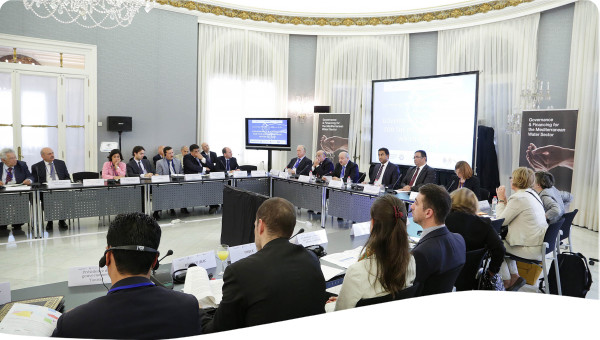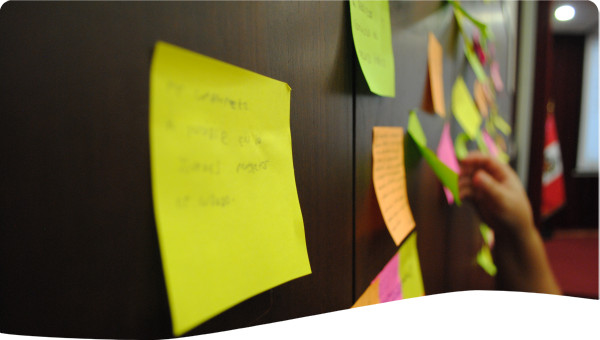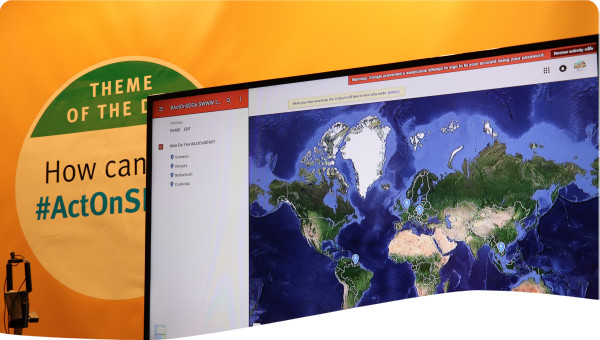The most pressing problem facing the Songkhla Lake Basin is land degradation and water pollution caused by land use changes and shrimp farming expansion. Action was taken to combat these issues and an Integrated Environmental Management approach was applied. The key lesson of this case is that replacing blueprint master planning approaches with process oriented planning frameworks significantly increased sustainability.
Aquaculture is an important activity in Songkhla Lake Basin, which comprises mostly cage culture in Thaleh Sap Songkhla and marine shrimp pond culture around the lake. Thaleh Sap Songkhla is the lowest part of the lake, which has an average depth of 1.0-1.5 m and connects Songkhla Lake Basin with open sea through a short narrow channel (about 8 m depth) near Songkhla town. Land degradation and water pollution caused by land use changes and shrimp farming expansion are the most serious environmental problems related to the present development within Songkhla Lake Basin. This causes destruction of environmentally valuable wetlands and mangrove forests and disturbances of the present coastal equilibrium.
The depth in Thaleh Luang and Thaleh Sap Songkhla is decreasing due to erosion and siltation, water temperature is increasing and making the environment unsuitable for aquatic resources. Planning and/or management have completely ignored environmental considerations.
Deforestation of upland evergreen forest area for rubber plantations has resulted in a decrease of forest area of 70% from 1967 to 1996. Heavy rainfall creates flooding during wet season both in upstream and downstream areas.
To address these problems government policies would aim to divert the water use from the upland area to the downstream area by building a dam, weir and reservoir. These might obviously create another problem in the upstream rubber plantation area by flooding. These issues were addressed through a comprehensive strategic and participatory process.
An Integrated Environmental Management (IEM) approach was applied based on an ongoing interactive strategic process, which dealing with environmental and development issues in an integrated manner and is an important planning tool in ensuring sustainable development. The starting point for the IEM was three in-depth, comprehensive strategic analyses: development analysis, environmental analysis, and affordability analysis. These three analyses were the core of the initial process. Development policies and strategies are formulated by weighing development benefits against economic and environmental costs. Based on this, environmental objectives and strategies can be formulated. The initial part of the environmental management process was the formulation of strategies, which could achieve the environmental objectives.
The IEM approach for Songkhla Lake was premised on the basic principle that the Project, as an international consultants-based project with a limited time frame, should "boost" the integrated strategic and participatory planning process for the area and at the same time ensure the sustainability of the planning process after project completion. The integrated and participatory strategic environmental and development planning process was conducted through the EmSong Working Environment. It included the Office of Environmental Policy and Planning (OEPP), Environmental Office Region 12, the EmSong Permanent Working Group (EPWG), the EmSong Project Team, with permanent Thai staff as well as expatriate and local consultants, and the Public Participation Activities comprising Workshops and Forum Meetings, as well as unscheduled activities. The public participation activities covered organised Non-Governmental Organisations (NGO) and Community Based Organisations (CBO) as well as the public.
A major outcome was the EAP for the Songkhla Lake Basin, which was approved by the Songkhla Lake Basin Development Committee as the strategic framework for environmental planning and management in the Songkhla Lake Basin.
An equally important, but less tangible outcome of the EmSong Project is that through the interactive strategic process during the course of the EmSong Project a committed and very active working environment was created for the Songkhla Lake Basin.
A very visible expression of this is that the EAP is firmly embedded within the local and regional agencies as well as within the local and regional NGOs and CBOs. In a Thai context this is fairly new and unique. By implementing a comprehensive strategic and participatory approach, this case has demonstrated the strength of taking advantage of natural resources management to empower local communities. This has been carried our by structuring the management process and providing the necessary planning and decision support tools.
The sustainability of the approach and the long term impact of the project have been very visible, mainly after project implementation when the participatory strategic process towards sustainability really took off. It demonstrates that determining factors for the implementation of this planning process for integrated management of water and environment at community level was the political will and the dynamic nature of the Joint Development Committee (JDC).
The active participation of the local communities and their representatives is also an excellent indicator of the degree of local ownership.
Replacement of blue-print master planning approaches with process oriented planning frameworks increased sustainability significantly.
National planning cannot work unless it is accompanied by local level acceptance and by implementation with involvement of all stakeholders.
Devolution and decentralisation of power and authority is important to facilitate impact at the field level.
 Case studies
Case studies

